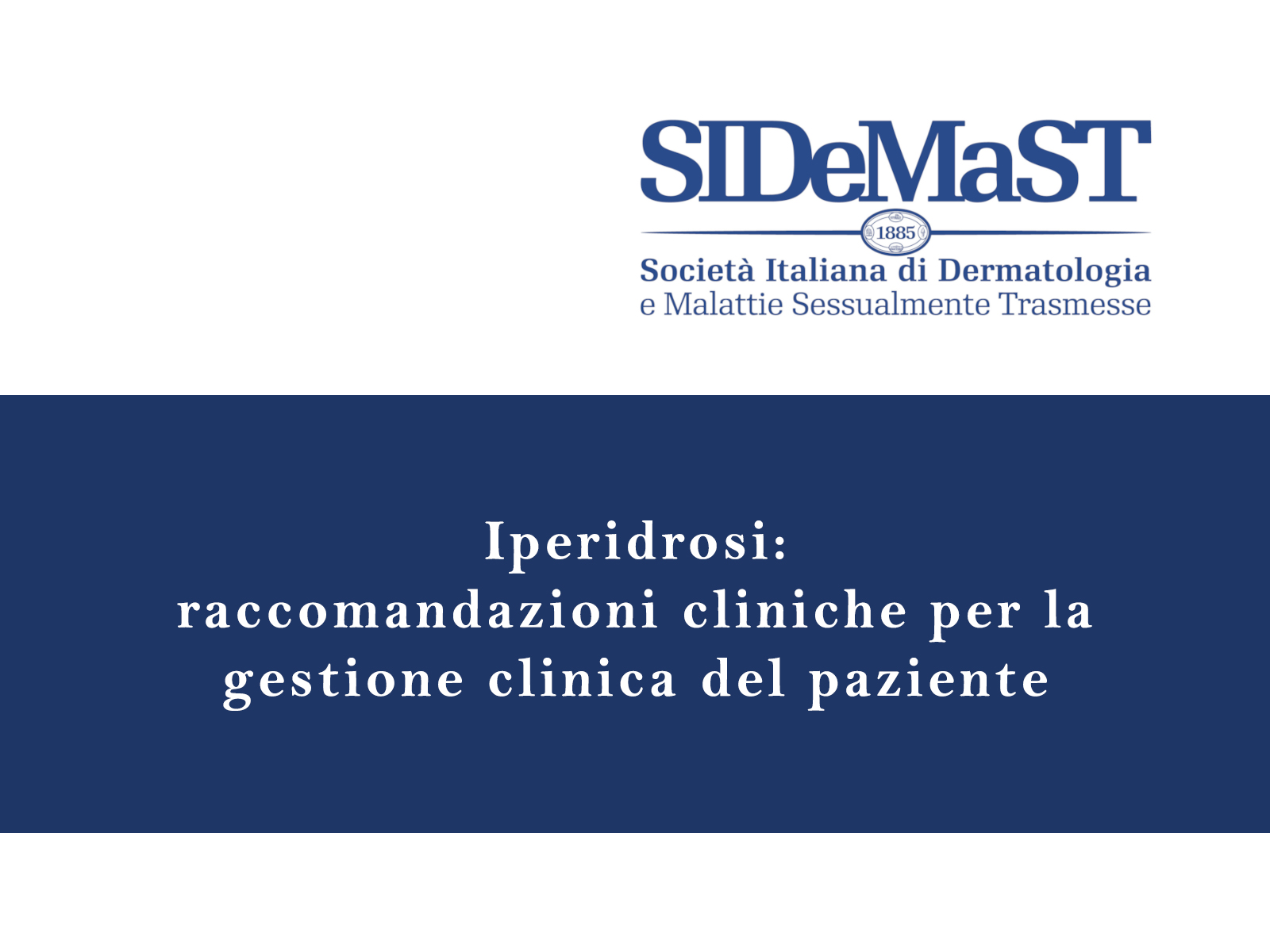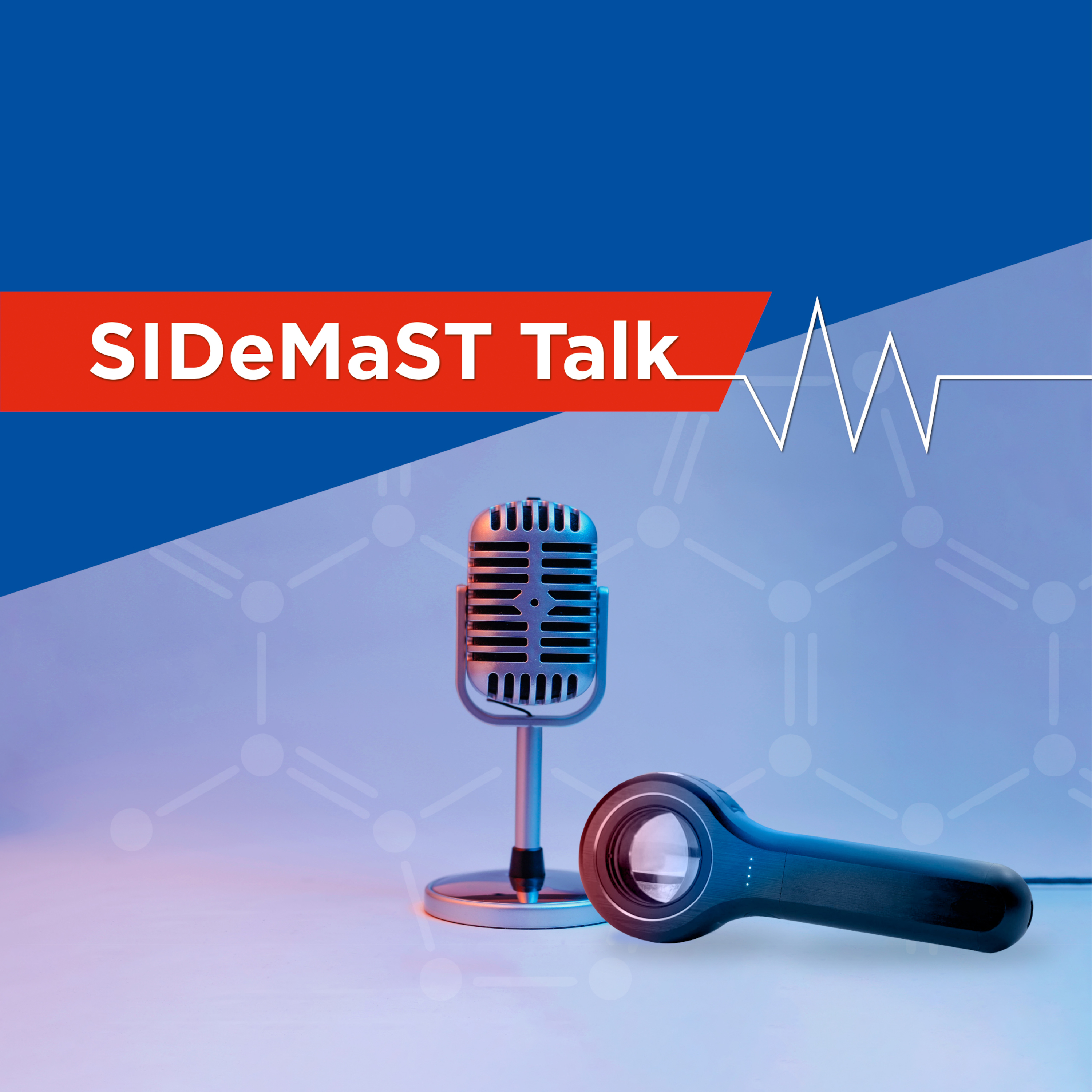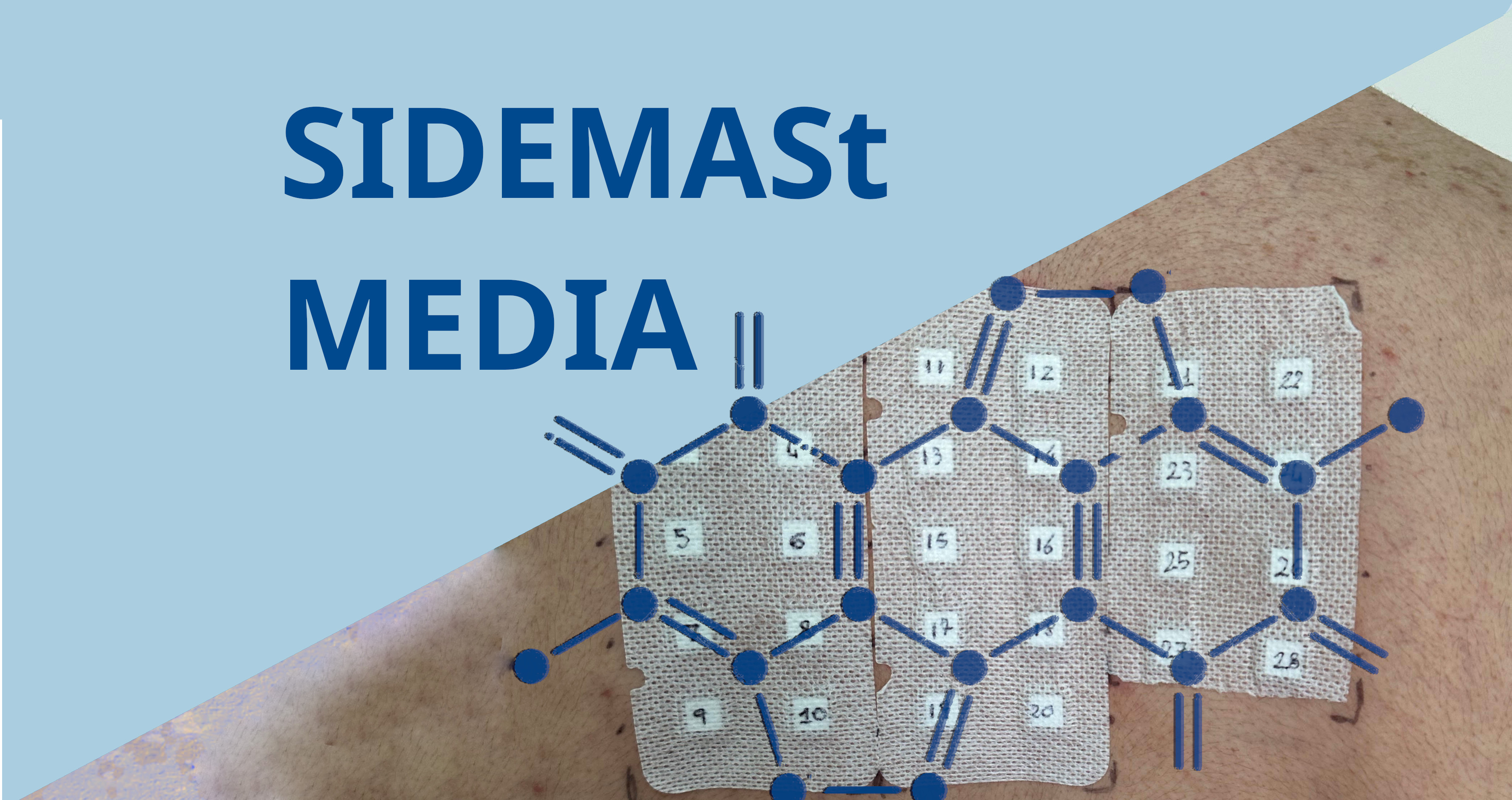More patients with moderate-to-severe psoriasis achieved "clear" or "almost clear" status with brodalumab than with secukinumab using Psoriasis Area and Severity (PASI) scores, according to results of a retrospective literature analysis comparing 52-week data from 3 trials presented at the 26th European Academy of Dermatology and Venereology (EADV) Congress.
"Brodalumab may be expected to be more efficacious than secukinumab for PASI outcomes, including achieving complete clearance represented by PASI 100," stated lead author Laura Sawyer, MD, Symmetron Limited, Kinetic Centre, Borehamwood, Hertfordshire, United Kingdom, speaking here on September 17. (PASI 100 indicates 100% clearance of lesions as a result of the psoriasis treatment.)
Ustekinumab may offer the least probability of lesion clearance in this patient population, she added.
Dr. Sawyer and colleagues found that patients receiving brodalumab were more likey to achieve PASI 75 than patients on either secukinumab or ustekinumab. For the comparison of brodalumab versus ustekinumab, the risk ratio (RR) was 1.27 favouring brodalumab (95% confidence interval [CI] 1.05 to 1.92). The RR for achieving PASI 90 and PASI 100 with brodalumab versus ustekinumab was 1.44 and 1.82, respectively.
The likelihood of achieving PASI 75 with brodalumab versus secukinumab was risk ratio (RR) 1.10 (95% CI: 1.01 to 1.41). The RR for achieving PASI 90 and PASI 100 response with brodalumab versus secukinumab was 1.16 and 1.30, respectively.
The investigators conducted a literature search, identifying maintenance phase data for 3 pivotal randomised clinical trials. From these data, they made a comparison of 52-week outcomes between 3 psoriasis treatments at the standard doses, including brodalumab at a 210-mg dose, secukinumab at a 300-mg dose, and ustekinumab at a 45-mg dose if the patient weighed <100 kg and 90 mg if weighing >100 kg.
Efficacy was based upon the proportion of patients achieving scores of PASI 75, 90, and 100 indicating a 75%, 90%, or 100% clearance of lesions, respectively, and the proportion of patients achieving a score of 0/1 on the Physician or Investigator Global Assessment (PGA/IGA; range: 0 to 5).
When the investigators compared the responses according to whether patients achieved a PGA/IGA of 0 or 1 ("clear" or "nearly clear" result), they found that brodalumab was superior to ustekinumab, but the comparison between brodalumab and secukinumab did not reach statistical significance.
"Psoriasis is a chronic disease where patients may be on treatment for most of their lives, making the identification of therapies with favourable long-term safety and efficacy profiles a priority," the authors concluded.
[Presentation title: Brodalumab Versus Secukinumab in Moderate-to-Severe Psoriasis: An Indirect Comparison of 52-Week Efficacy Outcomes. Abstract P1839]










